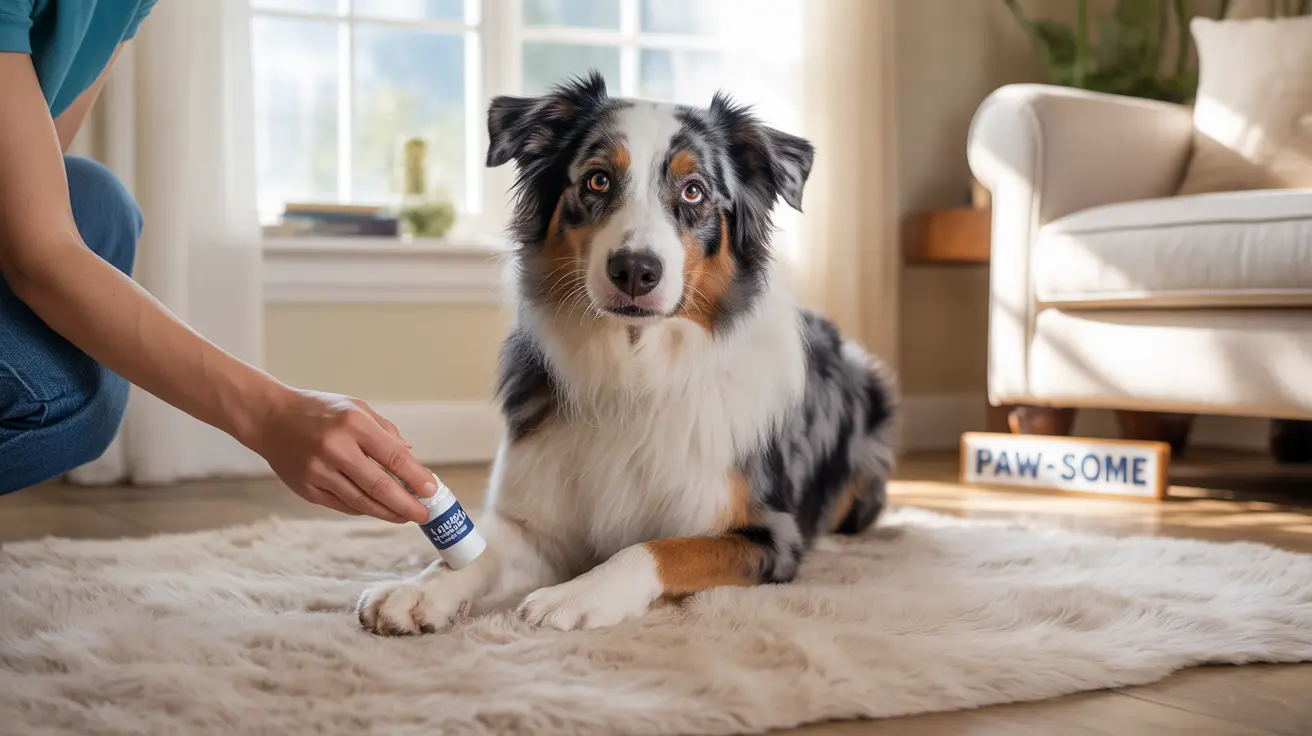Maintaining healthy, moisturized paw pads is crucial for your dog's comfort and mobility. Just like human feet, dog paws need regular care to prevent cracking, dryness, and potential injuries. This comprehensive guide will walk you through the best practices for keeping your dog's paws in optimal condition throughout the year.
Whether you're dealing with winter salt damage, summer heat, or general maintenance, understanding proper paw moisturizing techniques can make a significant difference in your dog's quality of life. Let's explore the most effective methods and products for paw pad care.
Choosing the Right Moisturizing Products
Selecting appropriate moisturizing products is crucial for effective paw care. Dog-specific paw balms and waxes are your best options, as they're formulated with safe ingredients that won't harm your pet if licked.
- Musher's Secret paw wax
- Natural paw balms with shea butter and beeswax
- Veterinary-approved petroleum jelly
- Dog-safe vitamin E preparations
Proper Application Techniques
- Clean paws thoroughly with warm water
- Dry completely, especially between toes
- Apply a thin layer of moisturizer
- Massage gently into paw pads
- Keep your dog distracted for 5 minutes while the product absorbs
Seasonal Paw Protection
Different seasons require different approaches to paw care. In winter, focus on protecting against salt and ice with protective waxes. During summer, moisturize regularly to prevent damage from hot pavement and dry conditions.
Apply moisturizer more frequently during extreme weather conditions, and always inspect paws after outdoor activities for signs of damage or irritation.
Regular Maintenance and Prevention
Establish a routine paw care schedule to prevent problems before they start. Regular maintenance should include:
- Weekly moisturizing sessions
- Daily paw checks
- Prompt cleaning after walks
- Nail trimming to prevent pad stress
- Regular hair trimming between paw pads
When to Seek Veterinary Care
While regular moisturizing helps maintain healthy paws, some conditions require professional attention. Contact your veterinarian if you notice:
- Deep cracks or bleeding
- Persistent dryness despite treatment
- Signs of infection
- Unusual swelling or discoloration
Frequently Asked Questions
How do I properly moisturize my dog's paws without causing harm?
Clean and dry the paws thoroughly, then apply a thin layer of dog-specific paw balm or wax. Massage it gently into the pads and prevent your dog from licking the area for about 5 minutes to allow absorption.
What are the safest and most effective products to moisturize dog paw pads?
The safest products are those specifically formulated for dogs, such as Musher's Secret, natural paw balms, and veterinary-approved petroleum jelly. Avoid human moisturizers as they can contain harmful ingredients.
How often should I apply paw balm or wax to prevent dry, cracked paws?
For normal maintenance, apply 2-3 times per week. During extreme weather conditions or if your dog is very active outdoors, daily application may be necessary. Adjust frequency based on your dog's needs and lifestyle.
Can I use human lotion on my dog's paws, or should I avoid it?
Avoid using human lotions on dog paws. They can over-soften the pads and may contain ingredients toxic to dogs if ingested. Stick to products specifically formulated for canine use.
What precautions should I take to stop my dog from licking paw moisturizer after application?
Distract your dog with treats or toys for 5-10 minutes after application, use fast-absorbing products, and apply the moisturizer before meals or activities when they're less likely to focus on licking.
Conclusion
Regular paw moisturizing is an essential aspect of dog care that helps prevent discomfort and injury. By following these guidelines and maintaining a consistent care routine, you can ensure your dog's paws remain healthy and protected throughout the year. Remember to always use dog-specific products and consult your veterinarian if you notice any concerning changes in your dog's paw health.






